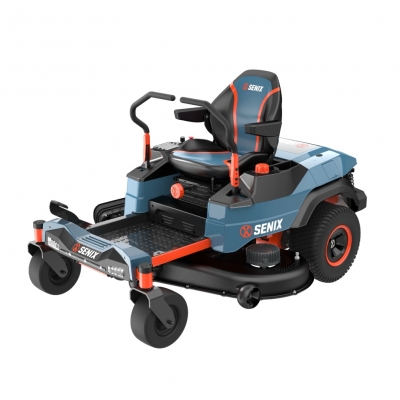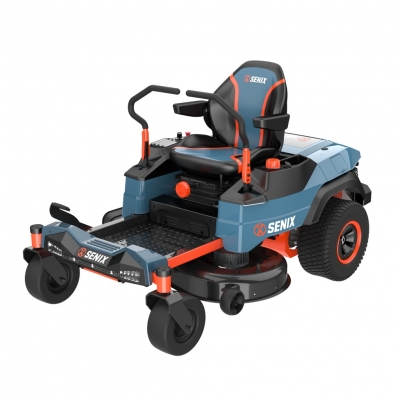How To Sharpen a Chainsaw: A Step-by-Step Guide
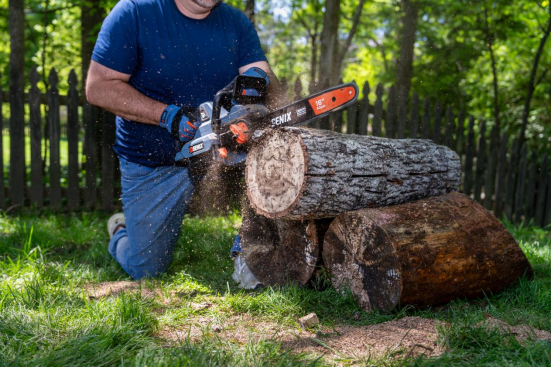
Whether you're using a gas chainsaw or an electric chainsaw, regular sharpening is essential. In this guide, we'll walk you through the sharpening tools you'll need, the signs your chainsaw needs sharpening, and a simple, effective sharpening process.
Tools You’ll Need
Before you begin, gather the right sharpening tools and safety equipment. Regardless of whether you own a traditional gas chainsaw or a modern cordless unit like those in the SENIX Volt-X6 Chainsaw Series, the sharpening process is similar.
Here’s what you’ll need:
· Round file (matched to your chain’s pitch)
· File guide to keep the angle consistent
· Flat file and depth gauge tool
· Protective gloves for grip and safety
· A bench vise or secure surface (optional but helpful)
Signs Your Chainsaw Needs Sharpening
Knowing when to sharpen your chainsaw can prevent overworking the motor and reduce the risk of injury. Here are key signs:
· Your chainsaw produces fine dust instead of wood chips.
· You notice the saw pulls to one side while cutting.
· Cutting requires more force than usual.
· The chain looks visibly dull or has damaged teeth.
If you’re using a model like the SENIX Gas Chainsaws, sharpening is especially important for preserving cutting power over longer jobs. Even with cordless versions from the Volt-X2 Chainsaw Series, regular blade maintenance ensures cleaner, quieter cuts.
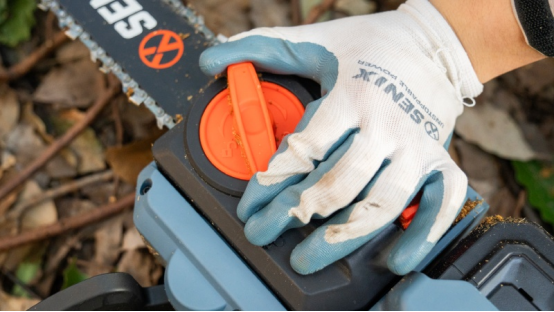
Step-by-Step: How to Sharpen a Chainsaw
1. Prepare the Saw:
Ensure the chainsaw is powered off and cool. For gas chainsaws, disconnect the spark plug. Engage the chain brake and secure the saw in place.
2. Inspect the Chain:
Check each tooth for damage or excessive wear. If any are chipped or broken, replacement may be needed rather than sharpening.
3. Use the Round File:
Place the file into the cutter at the correct angle (typically 25°–35°). Using smooth, even strokes, file away dull metal until the cutting edge is sharp. Repeat this process for every cutter on the same side.
4. Switch Sides:
Rotate the saw or reposition yourself to file the teeth on the opposite side.
5. Check Depth Gauges:
Use a depth gauge tool to measure the height difference between the cutter and raker. If needed, lower the rakers with a flat file to maintain optimal cutting performance.
6. Lubricate & Test:
Apply bar and chain oil and run the chainsaw briefly (with all safety measures in place) to check smoothness and balance.
Maintain Peak Performance with SENIX Chainsaws
Whether you're working with a cordless powerhouse like the SENIX Volt-X6 60V Chain Saws, a compact 20V from the Volt-X2 Outdoor Power Equipment Series, or a robust 2-stroke SENIX Gas Chainsaw, regular sharpening helps keep your chainsaw working like new.
Each SENIX chainsaw is engineered with durability and ease of maintenance in mind—making them ideal for both DIYers and professionals. Learn more about our full lineup of SENIX Outdoor Power Tools and keep your yard work sharp and safe!


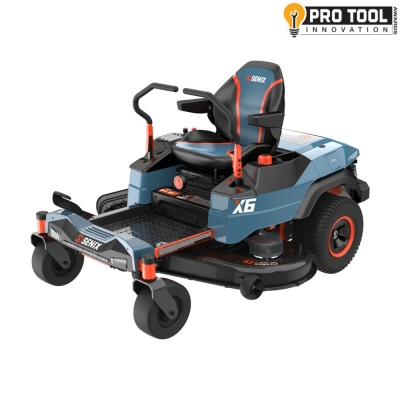
 (5.0)
(5.0)